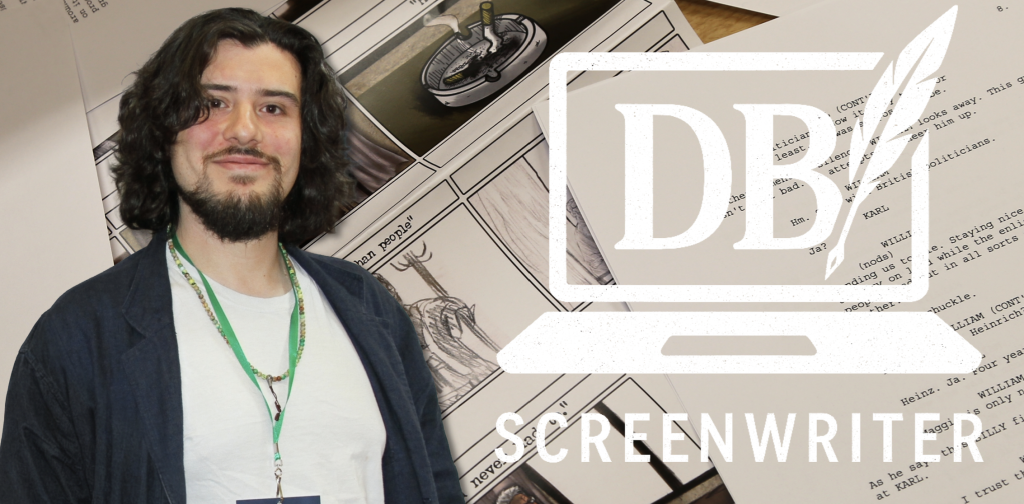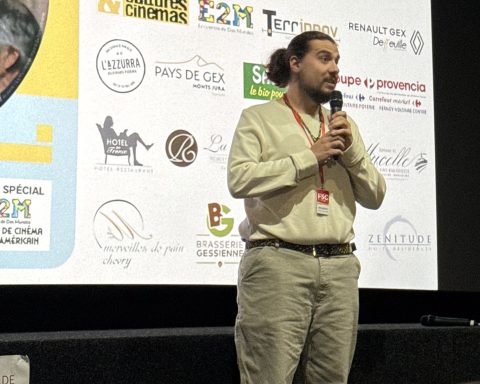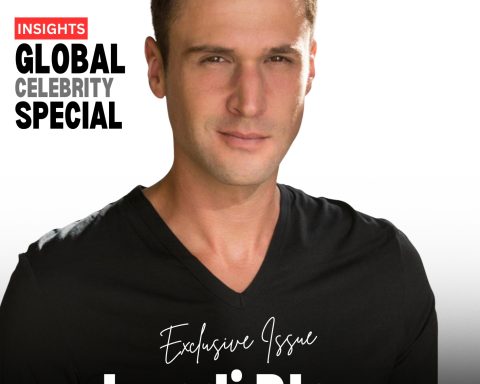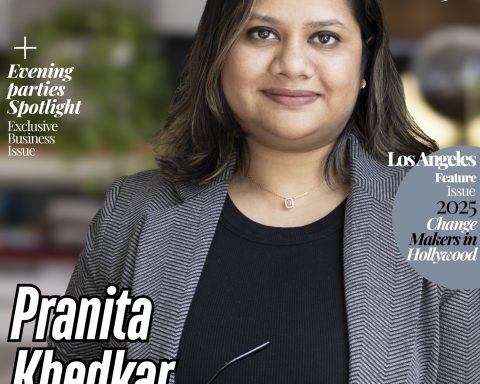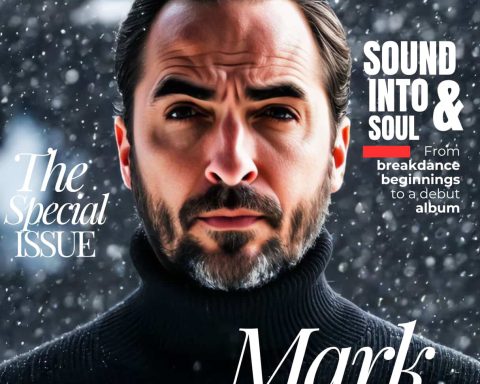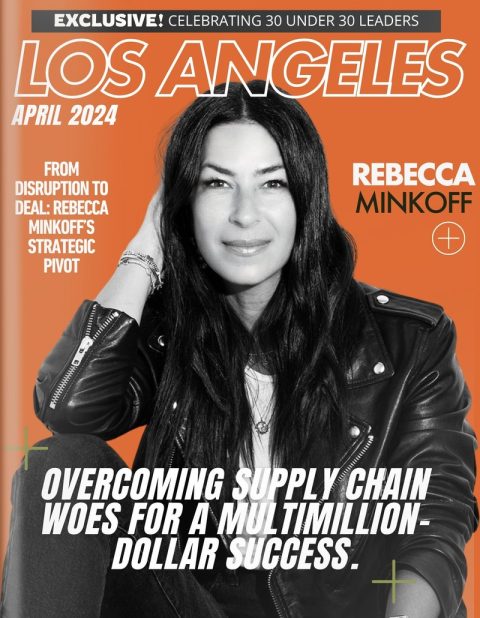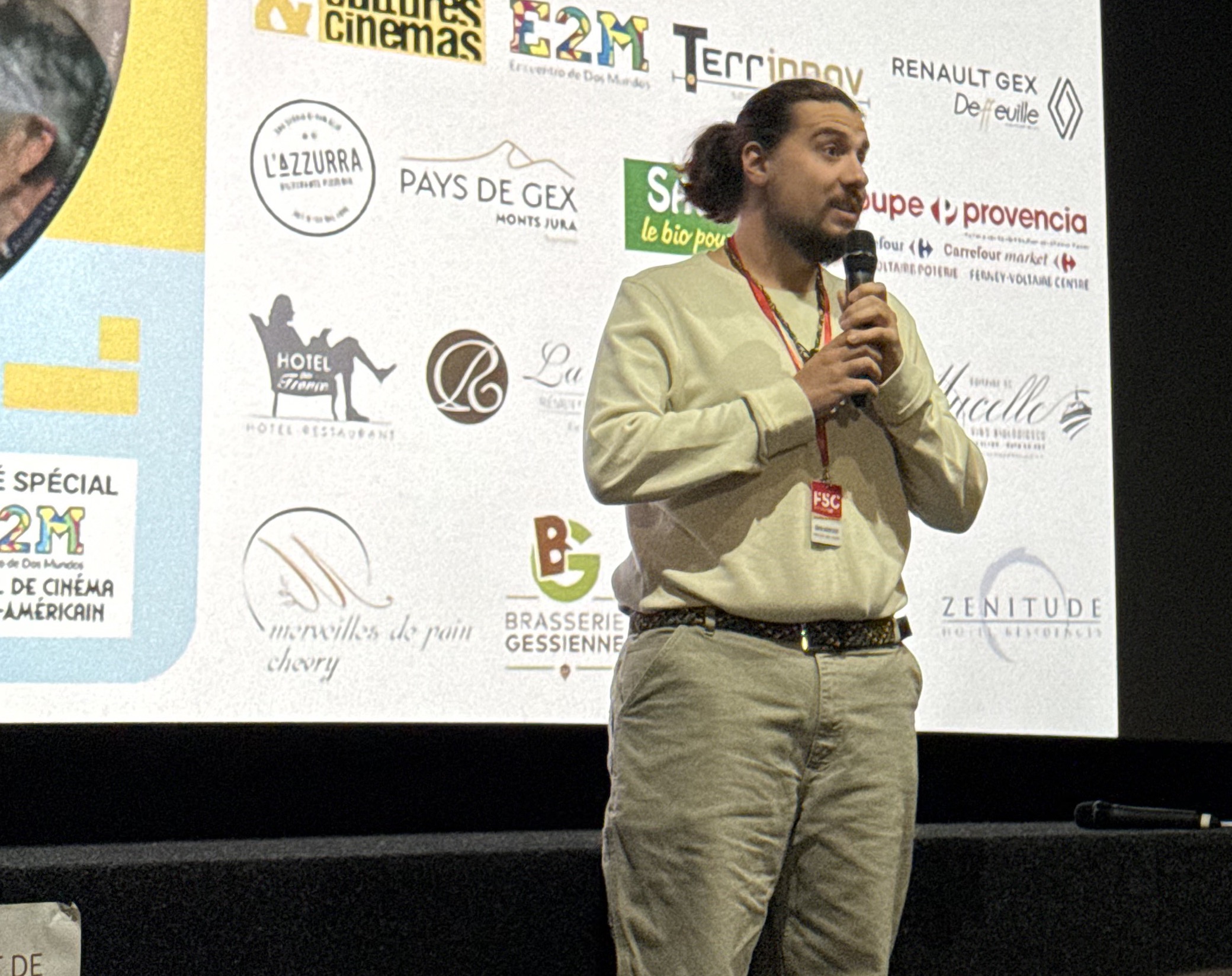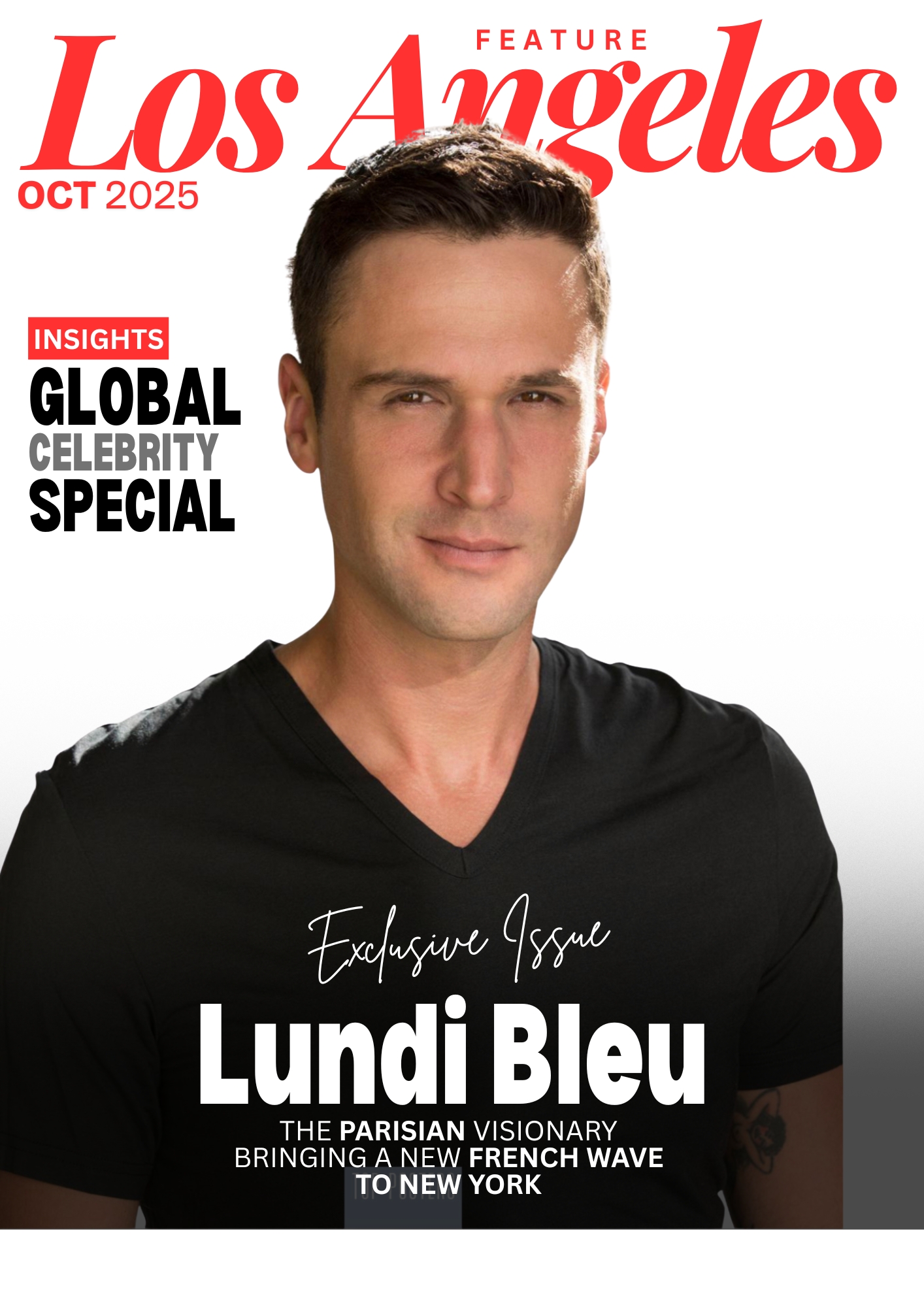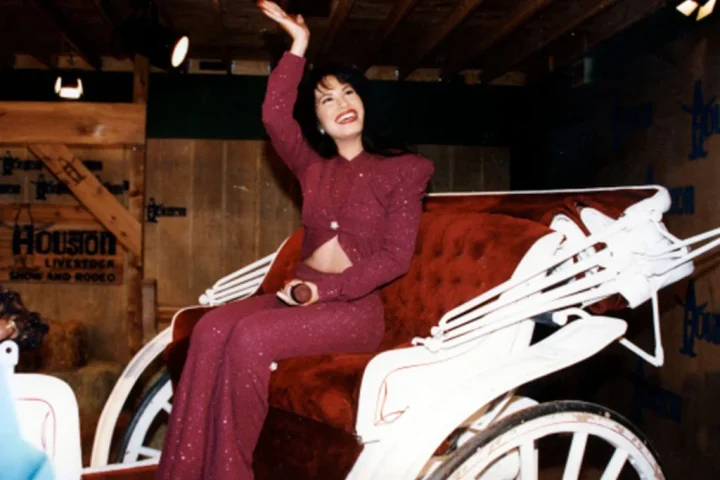Close
from the rise of influencers and vertical films to the evolving meaning of “IP.” In this article, he explores how writers can adapt without losing sight of the craft.
You’ve just come back from leading the Youth Jury at the 20th Festival des 5 Continents. What was that experience like for you?
It was a real honor, the Festival des 5 Continents was a yearly constant for me, having grown up in the Pays de Gex, near Geneva… so when they asked me to be the Head of the Youth Jury for their 20th edition, it felt both humbling and personal.
What struck me most was how engaged the youth jury was. They were not just watching for entertainment, they were picking up on themes and choices even seasoned critics sometimes miss. My role was not to impose my taste, but to guide discussion and make space for different perspectives.
Every film we saw had impact, but I was especially taken by Zhanna Ozirna’s Honeymoon, about a couple trapped in their apartment during Russia’s invasion of Ukraine. It is told with such precision and weight that it lingered with me long after the credits.
The short film you wrote, Lollie, was among the official selections at the festival.
Yes, it screened at Cinéma Voltaire. It wasn’t part of the competition nor eligible for the jury prize due to an obvious conflict of interest.
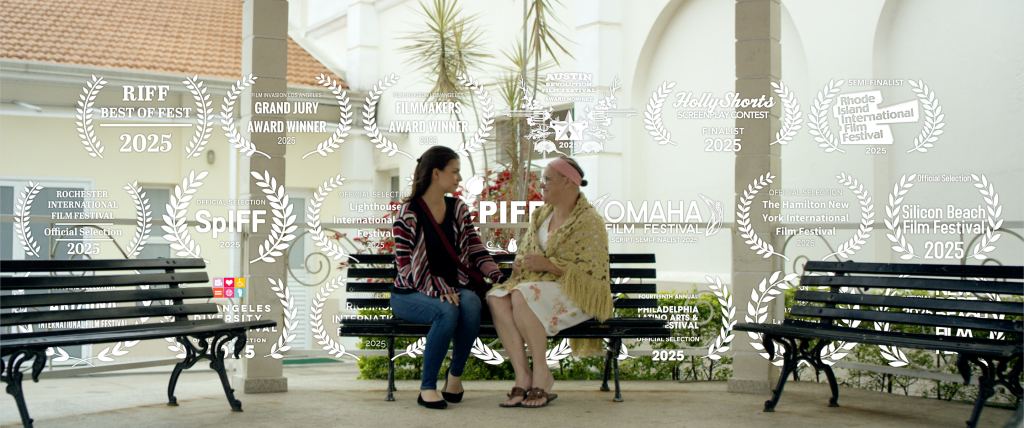
This wasn’t a problem for me, the film is going strong in its festival run, having been selected in more than 20 film festivals. This includes two wins at Film Invasion Los Angeles 2025, nominations Austin Film Revolution and Richmond International Film Fest. The script itself making it to the finals of the 2025 HollyShorts Film Festival, an Oscar®-Qualifying short film festival based in Los Angeles.
The true pleasure, for me, was seeing my name in the credits of Lollie being projected in the same screening room where I had seen Star Wars: Revenge of the Sith, 20 years ago.
Lollie was directed by Agnès Shinozaki. As a screenwriter, how do you balance creative freedom with the demands or constraints of producers, directors, clients etc?
Honestly, calling it a “constraint” at all is what befuddles me. I’m a screenwriter, the nature of my job is to make a blueprint for others to then take over and create.
If a producer presents me with a budget or asks me to change a location, if a director isn’t emotionally resonating with a scene, then addressing those notes is part of the job description. I’m secure enough in my creativity that the teamwork component of filmmaking is not a hinderance to it, but a way to channel it and focus it better.
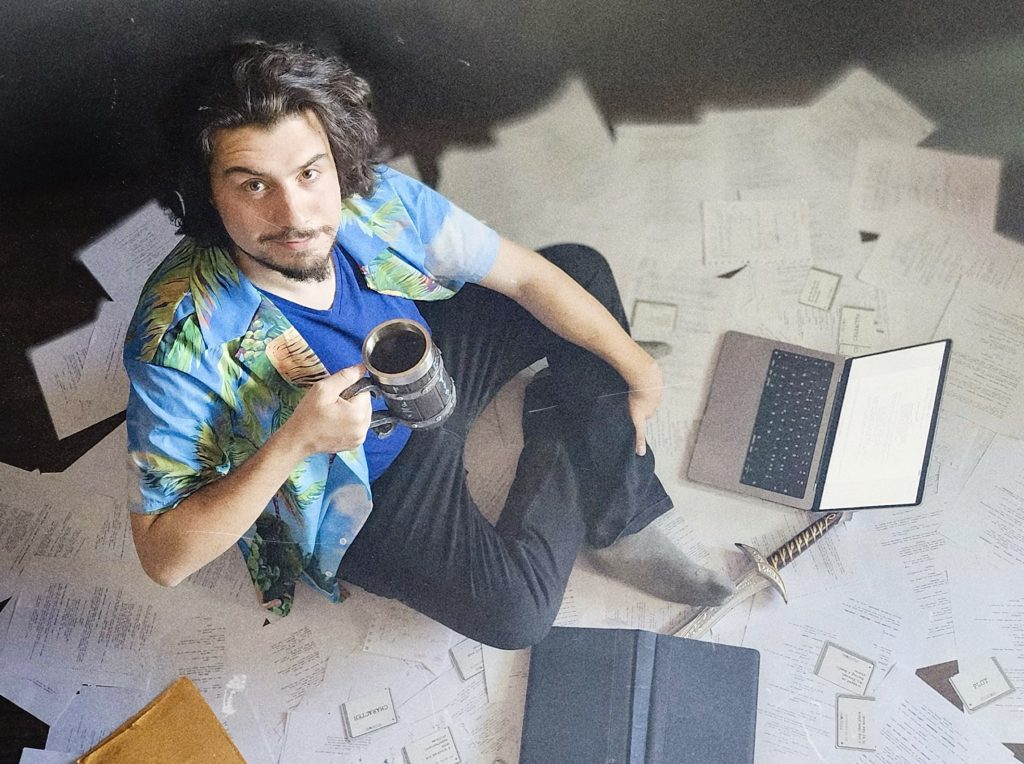
How do you see the role of screenwriters evolving in today’s film and TV industry?
With the rise of ‘vertical’ shows and films, and the more frequent use of AI, with influencers drawing more audiences than Hollywood stars, it’s easy for a screenwriter to get desperate.
However, simply taking in data without understanding it, then flailing reactively (like misinterpreting Peter Dinklage’s advice and removing all dwarves from a Snow White movie, only to then put them back in) is what a studio does.
A screenwriter shouldn’t do that. Once we study why each of these situations exists, things stop seeming so dim.
Our job remains the same, but there are new factors to keep in mind—new psychological trends and definitions to stay up to date on.
Like what constitutes an “IP-based project.” This no longer means that the script needs to be based on a novel. It can mean that, but the definition has expanded in such a way that now, it could simply mean a script with an influencer attached.
Why an influencer? Well, influencers tap into a feeling that is always very attractive to a viewer: authenticity. And the vertical framing? Same thing: for Millennials, Gen Z, and Gen Alpha, a vertically framed blurry image feels more real than a tripod-taken pristine 8K IMAX shot with a grain filter on it. And you know what else influencers are good at? Not wasting the viewer’s time.
Unlike many of the direct-to-streaming shows we suffered through during the pandemic years. Which is also why vertically framed series with minute-long episodes have become increasingly popular. Why watch a 2-hour Jurassic World movie that feels like 3… when you can watch a story on your phone for free? Sure, the dialogue in those shows can be cringey, but people don’t miss a beat when they half-watch while cooking dinner.
Finally, influencers know that their viewership could all go away at the drop of a hat. So they understand the tightrope walk that is listening and catering to fans without pandering to them—something that studios still struggle with.
TL;DR: Screenwriters need to start thinking more like influencers in order to get ahead, career-wise. We’ve got the storytelling training already, now let’s reconnect with our audiences.
